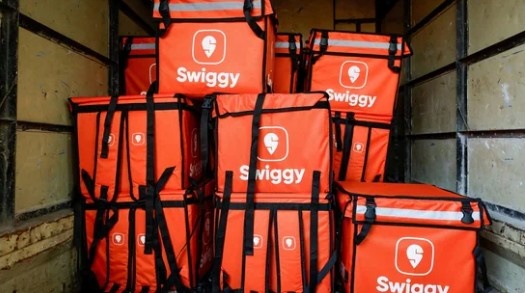- November 19, 2024
Sebi’s SME IPO paper proposes 2x minimum application size, OFS limit of 20%, more allottees

The Securities and Exchange Board of India (SEBI) has proposed significant changes to the regulations surrounding Initial Public Offerings (IPOs) for Small and Medium Enterprises (SMEs), which could have far-reaching implications for the way these businesses raise capital in the public markets. These changes focus on increasing the minimum application size, placing a cap on the Offer for Sale (OFS) portion, and encouraging a broader base of allotment to investors. While these proposals are still under review, they could bring about a shift in how SMEs interact with the public markets and attract investment. Below is an in-depth explanation of these proposed changes and their potential impact on the SME IPO landscape. One of the central proposals is the doubling of the minimum application size for SME IPOs. Currently, the minimum application size is ₹1 lakh, but SEBI’s proposal would raise this to ₹2 lakh. The rationale behind this change is primarily to ensure that only serious, financially capable investors participate in these offerings, which would, in turn, improve the quality of the investor base in SME IPOs. The regulatory body believes that a larger minimum application size would attract investors with a longer-term investment horizon, reducing the possibility of speculative participation. It is also expected to help in improving the liquidity and stability of SME stocks once listed, as the shares would be in the hands of fewer, but more committed, investors. Raising the application size could also help in reducing volatility in the stock prices of SME IPOs. Since smaller investors would be less likely to sell their holdings immediately after listing, the stocks of SMEs may experience a more stable post-IPO trading environment. Furthermore, SEBI’s move to increase the minimum application size is part of a broader effort to professionalize and institutionalize the SME listing process, thereby improving market sentiment towards these smaller companies. However, this proposal could also face resistance from retail investors, especially those with smaller amounts to invest. For retail investors who are keen on diversifying their portfolio, an increase in the minimum application size may discourage participation, leading to reduced market interest in SME IPOs. SEBI may need to consider offering alternative mechanisms, such as smaller lot sizes within the new limit, to accommodate the interests of these smaller investors. Another significant proposal in SEBI’s paper is the imposition of a limit on the Offer for Sale (OFS) portion in SME IPOs, setting the maximum allowable OFS at 20% of the total issue size. The OFS component refers to the portion of shares being sold by existing shareholders, such as promoters, early investors, or private equity firms. The remainder of the issue typically consists of fresh equity issued by the company to raise funds for expansion or other corporate purposes. The current trend in many SME IPOs has been for a high percentage of the offering to be in the form of OFS, with some companies opting to sell as much as 50-70% of the issue size in the form of secondary sales. While this provides an opportunity for promoters and early investors to liquidate their holdings and realize profits, it often means that the company raising the funds does not receive a significant infusion of new capital. This can limit the company’s ability to use the IPO proceeds to fuel growth, pay down debt, or fund new projects. SEBI’s proposal to cap the OFS portion to 20% aims to strike a balance between allowing existing shareholders to exit while ensuring that the company raising the IPO gets a meaningful infusion of fresh capital for its business needs.
The post Sebi’s SME IPO paper proposes 2x minimum application size, OFS limit of 20%, more allottees first appeared on InfluencersPro.



